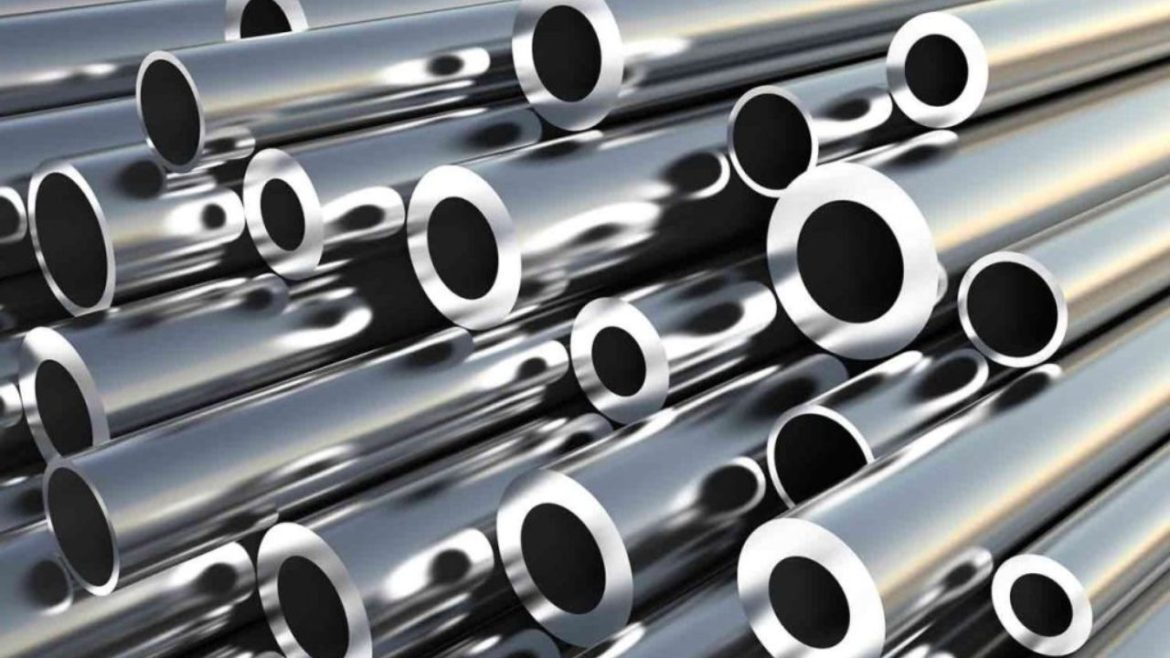Structural pipes are used in construction, manufacturing, and industrial jobs. Such pipes do not have any purpose for liquids and gases, but are concentrated on ensuring weight and strength. They are powerful and durable. This forms a large component of the majority of buildings, comprising structures and equipment. Knowledge about the types of structural pipe, their manufacturing process, and their applications makes the procedure of selecting the appropriate pipe for a project easier.
What is a structural pipe?
The constructional pipes are steel pipes used in construction as well as to meet the support needs. The structural pipes do not have such a pose as to be ridden by water or gas. However, they are traditionally used to create solid constructions and scaffolding. They could be round, square, or rectangular. These are usually made of carbon steel or galvanized steel. The primary focus of structural pipe is to be strong, providing sustained support and exhibiting robust performance in various environments.
The common uses of structural pipes are bridges, buildings, fences, signs, scaffolding, and support columns. They can be chosen based on their shape, size, the level of load they are designed to transport, as well as their point of installation.
Robust and stable
One of the best qualities of a structural pipe is strength. They have a heavy-duty design that can withstand a load, be bent, and also withstand weather or mishaps. The strength of steel pipes lies in their ability to endure stress without breaking or snapping easily, as they are constructed from steel. They also have the advantage that they do not block hits, and thus, they can be used where safety and reliability are significant factors.
The size and thickness of the walls of pipes are key factors in a pipe deal, depending on the type of steel used in the pipe. Thicker walls offer more sound support and can bear significantly more weight. The geometrical shape of the pipe is another factor that determines its strength. In matters of strength, the round ones radiate strength in every direction, unlike the square and rectangular pipes that are considered good in terms of flat support and corners.
Common Standards of Structural Pipes
To ensure that the structural pipes being assembled are both comfortable and safe, the stipulated standards are followed in their manufacture. These standards are formed by organizations that test and certify the quality of materials or the method employed in manufacturing their products. Some of the best-known structural pipe standards include ASTM A500, ASTM A53, and EN 10219.
All the standards will provide knowledge of size and shape, as well as the material and the load or pressure that the pipe can withstand. One is that cold-formed welded and seamless pipes are usually constructed of carbon steel and are normally ASTM A500. They are the most common types of pipes that are used in bridges, buildings, etc. Adherence to these standards will instill confidence in the engineers and contractors in the pipes that they install in their buildings.
Uses of the Structural Pipes
In various industries and types of construction, there are numerous structures and pipes. They are used in homes and buildings as columns, beams, and other structural components. They provide the solidity of a bridge, and they also reinforce various layers. Scaffolding involves structural pipes on a building site, and they can be used to make bridges that allow workers to reach high places safely, as they are easily assisted in their ascent.
The Correct Choice of the Pipe
Several factors are considered when selecting the right structural pipe. These are the weight it has to sustain, the type of structure to which it will be inducted, and the atmosphere in which it will be practicing. All these conditions are taken into consideration by the engineers, and then they decide on the size of the pipe, how thick its wall should be, and the grade of material to be used.
Importance of Modern Construction
The structural pipes have been more relevant in the construction scenario than ever. They facilitate the building of higher, sturdier, and more reliable buildings. They will also help save materials since, in many cases, one strong and solid pipe can replace many weak ones.
Structural pipes are also cost-effective because they conserve time during the construction period. They can be readily shaped in design, fit, and joined to each other, and they also resemble each other in shape and dimensions.
Conclusion
The structural pipes are crucial to the strength and security of houses, bridges, and other constructions. They are designed to be durable, heavily charged, and implementable in the majority of workplaces. The application of standards and the selection of the appropriate type of pipe enable engineers and builders to develop sustainable and high-quality structures. They always prove their worth in many ways, be it in a small fence or a large stadium.
